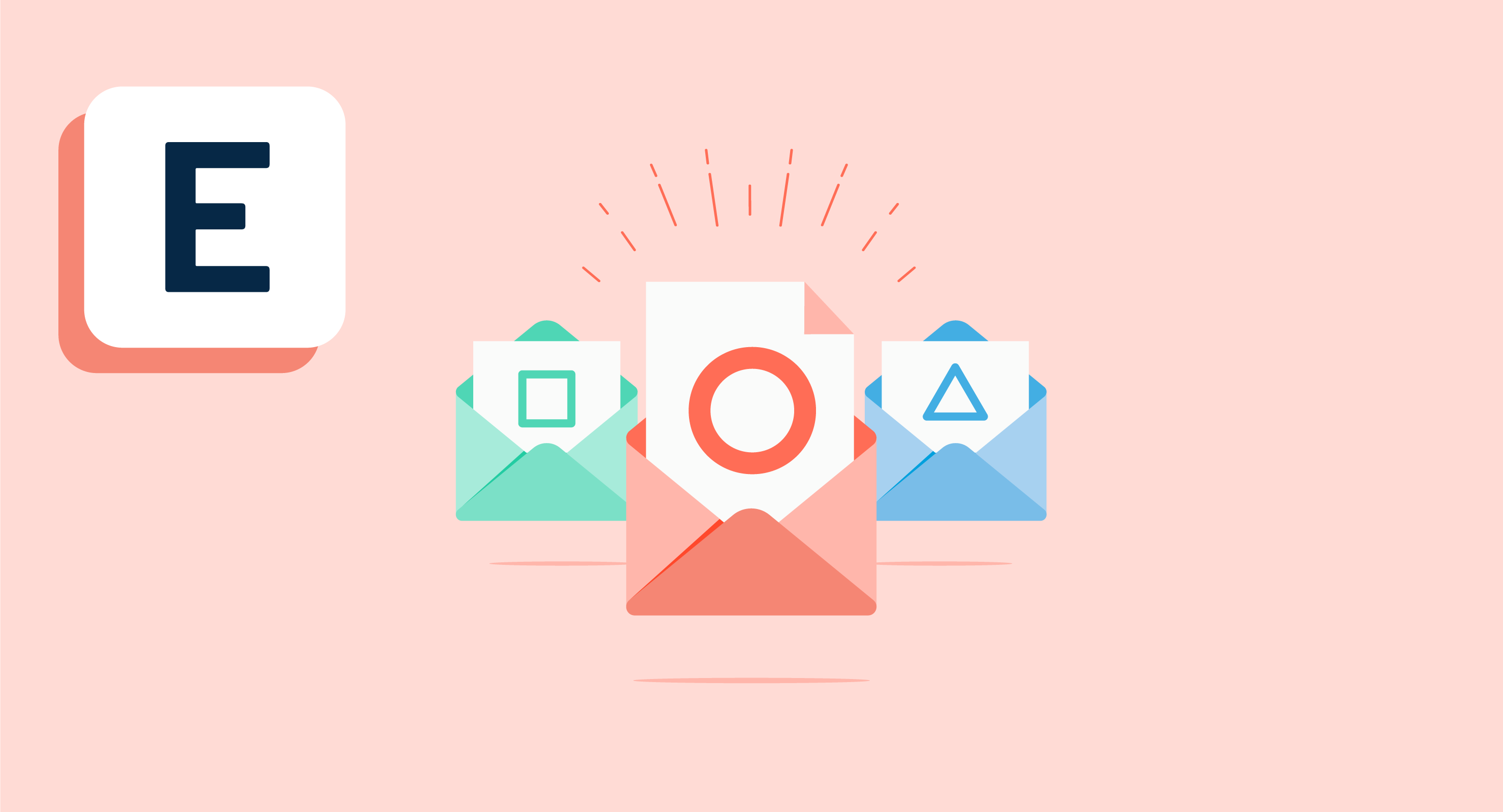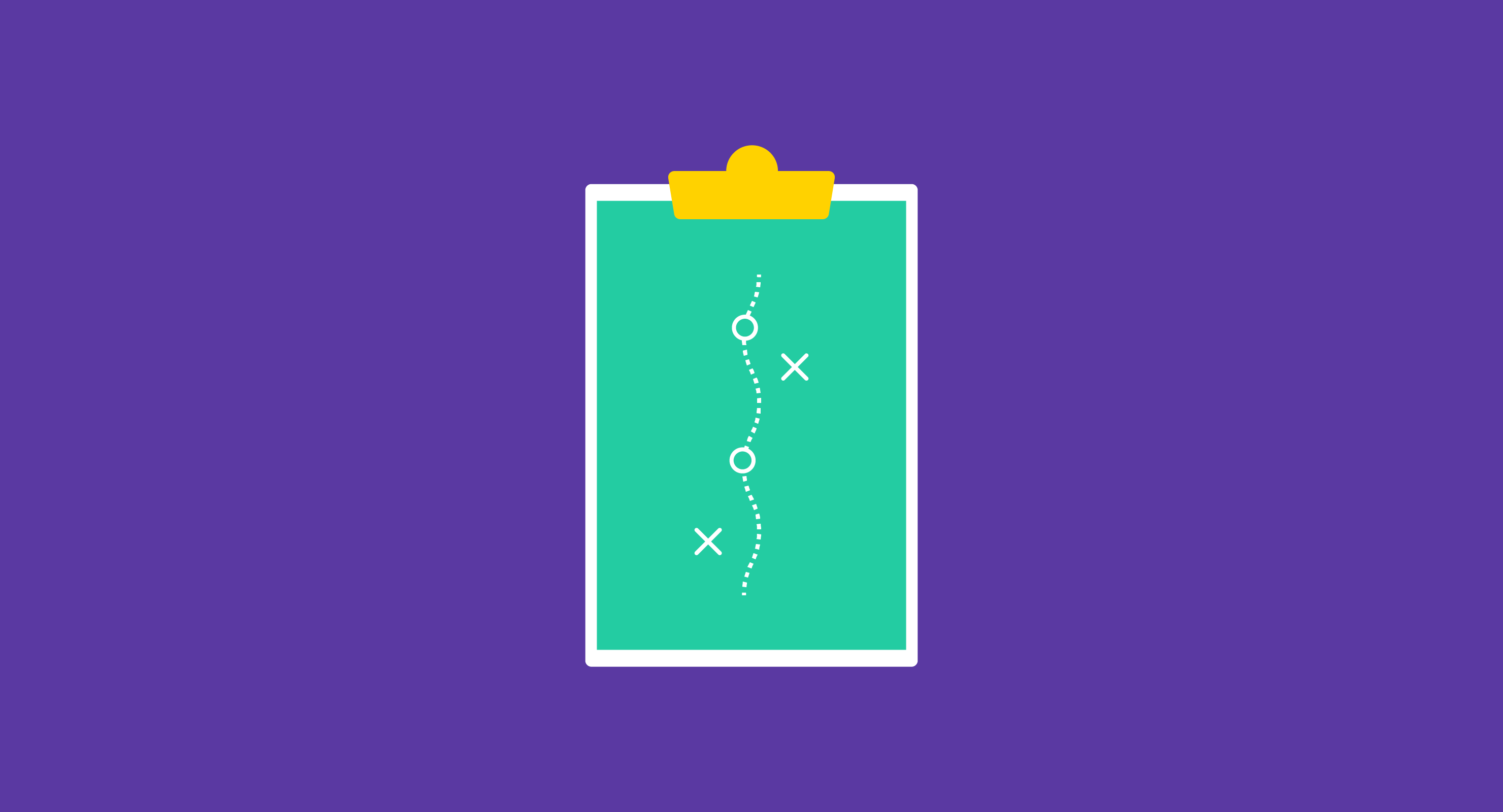What is email segmentation?
Email segmentation is the process of grouping contacts that share similar characteristics. It's an email marketing strategy that affects the architecture of a business' contact database. Before sending out email campaigns to the recipients, marketers must plan and set up contact lists. By segmenting the email list, businesses can launch successful email marketing campaigns with personalized content. Contacts receive the right message through targeted emails with this approach.
Because email segmentation requires collecting and assessing a lot of information, using email marketing software helps email marketers create segments and craft compelling campaigns that see results.
Benefits of email segmentation
Email segmentation is a data-driven approach to email marketing. As opposed to sending large batches of emails to every contact in a CRM, email segmentation helps businesses push relevant messaging to the right set of people.
Some of the benefits of email segmentation include:
- Reducing unsubscribe rates
- Strengthening customer relationships
- Crafting email content relevant to contacts
- Executing email campaigns that convert
- Increasing subscriber interaction with emails
- Enabling lead nurturing
- Generating more revenue
Key information sources for email list segmentation
Segmentation requires acquiring and analyzing data for marketers to know their contacts better. The kind of information needed to create robust segments needs to be obtained from contacts directly. It’s crucial for businesses to make the benefit clear to their contacts. There has to be an exchange of something of value before the contacts impart their personal information.
These are a few ways marketing teams can get this information:
- Content marketing: Since websites are the first point of interaction for most visitors, there are many opportunities for businesses to gather contact information from one place. Offering gated content in the form of whitepapers, e-books, or on-demand webinars helps marketers extract data from prospects.
- Sign-up form: Forms are standard elements used for lead generation purposes and the best way to get basic information from a visitor. Since contacts aren’t fond of imparting their information in forms for fear of getting spammed with promotional emails, it’s advisable to maintain a preference center. A preference center is where subscribers can choose how often they want to receive emails and the topics they’re interested in.
- Questionnaire/Quiz: Quizzes are another way businesses can understand their contacts better. Asking email subscribers to participate in a questionnaire or quiz helps marketing teams fine-tune their messaging and offer relevant solutions. With this approach, it’s important to exchange some sort of incentive to see people actively participate in quizzes.
- Sweepstakes: Just like quizzes, this is another approach that runs on an incentivized model. It’s a great way to add new subscribers to an existing list. When companies ask visitors to create and complete their profile, these contacts stand a chance to win something of value in the form of prizes, discounts, or free services.
- Newsletter: Newsletters include opportunities for information exchange between the contact and the business. Contacts receive curated content related to the solutions they’re looking for, while businesses can monitor what drove a user to click on the email and what their ever-changing interests are.
- Welcome email: Being the first email recipients see in their inbox, welcome emails are the most read email campaign. Since the probability of someone opening such an email is high, welcome emails are a great way to kickstart the “Get to know you” campaign and fetch data that email marketers couldn’t otherwise procure.
- Reminder emails: Contacts stuck in a certain sales funnel stage may need a nudge to move forward. Retailers and e-commerce stores send reminder emails when they’re alerted about a shopping cart abandonment.
Ways to send segmented emails
The segmentation process can result in several groups sharing certain attributes or characteristics. That doesn’t mean email marketers need to create multiple mini segmented campaigns and push them out to each segment. Sending segmented emails involves making minor adjustments without forcing marketing teams to create new batches of different emails.
Here are a few ways in which teams can send out email campaigns to a particular segment:
- Sign-up forms: Once individuals register via a specific sign-up form, they’re automatically assigned to a specific contact list. These lists are segregated based on the gated content the visitor tries to download.
- Dynamic components: Within individual campaigns, emails can display specific content to recipients who meet predefined conditions. Email marketers can create standard content templates via dynamic components, with each email containing several different dynamic blocks to ensure the body displays very differently depending on the recipients.
- Automation workflows: Automation workflows can be used to set up segmented emails. Contacts will receive follow-up emails based on their open click behavior. This is a great way to schedule and send out automated reminder emails based on the funnel stage of the contacts.
- Suppression lists: Teams can exclude people that don’t fit the parameters of a current campaign by creating suppression lists. This allows marketers to send relevant emails to the right set of people without making major changes to the contact base.
Best practices for an email segmentation strategy
Several factors can bolster email segmentation. Here are a few tactics that improve the effectiveness of email segmentation:
- Collect user information across multiple channels: Email marketing segmentation is all about taking data and finding patterns. Gathering and assessing data gives email marketers a better understanding of the contact base at their disposal and how best to create segments from it.
- Create lead magnets: Lead magnets are high-value, specific incentives offered to visitors in exchange for their information. Generally, downloadable assets like case studies and reports or lucrative discount codes are used by businesses as lead magnets.
- Understand the existing customer base: Segmentation and personalization go hand-in-hand. Before email lists can be segmented, it’s important to know more about the contacts in the list, their needs, and the appropriate form of communicating with them.
- Use email segmentation tools: Email segmentation software helps marketing teams automate the segmentation process as well as collect and read the information fetched through organic and paid efforts. This saves time and allows marketers to focus on creating effective email campaigns.
Types of email segmentation
Email segmentation requires collecting different types of data to create a rough idea of what the contact base looks like, the common characteristics shared by people within this list, and how best to group them.
These are some of the different types of information and attributes that give rise to different email segmentation processes:
- Demographic: Demographic segmentation is the basic level of segregation. This type of segmentation looks at personal information like gender, age, profession, job title, etc., and allows email marketers to adjust the messaging depending on who they’re addressing.
- Engagement: Grouping people based on their engagement levels with an email campaign is another kind of segmentation process. By analyzing the open rates and click-through rates of each email sent, marketing teams can discern which users are active and inactive in the current mailer list and work on ways to reactivate the inactive users.
- Click-through interaction: Contacts who opened a certain email, clicked on a particular link, registered using a specific sign-up form, visited a specific website, or bought something within the last few months are interactions that can be monitored and used to group users in a contact list. Businesses can start tracking those who stop buying or start falling off and might need to be reactivated.
- Behavioral data: Understanding the patterns of a visitor helps marketers establish a buyer persona for a contact. Knowing the amount of the last product they purchased indicates their purchasing power. Tracking how long the visitor spends time on a webpage shows whether someone has high action intent or not. This information can be used to craft campaigns that offer compelling upsell opportunities.
- Geographic: Knowing where the contacts live and what time zones they are in helps build another segment. Emails informing contacts about a geographic location-specific event hold more value if the recipient resides in the same area. Similarly, sending out emails that respect a contact’s timezone ensures that they see the email at the top of their inbox.
- Time/date: Keeping track of important dates is another method of creating segments. Noting down key events for contacts like their birthdays, their opt-in date, their first and last purchase dates, overall purchase history, and when they registered for a loyalty program helps email marketers roll out special campaigns for the recipients.
Email segmentation vs. email personalization
While personalization is the ultimate goal of segmentation, email segmentation and email personalization can be set apart by one key difference.
Email segmentation is the process of segregating a contact list based on varied shared factors. This ensures that different email campaigns are sent to different people belonging to specific groups.
In email personalization, marketers use the information they have on each individual and create customized email bodies that utilize information specific to one user. This could be in the form of names used in a subject line or a person’s designation and location being addressed within the email.

Ninisha Pradhan
Ninisha is a former Content Marketing Specialist at G2. She graduated from R.V College of Engineering, Bangalore, and holds a Bachelor's degree in Engineering. Before G2, Ninisha worked at a FinTech company as an Associate Marketing Manager, where she led Content and Social Media Marketing, and Analyst Relations. When she's not reading up on Marketing, she's busy creating music, videos, and a bunch of sweet treats.



















